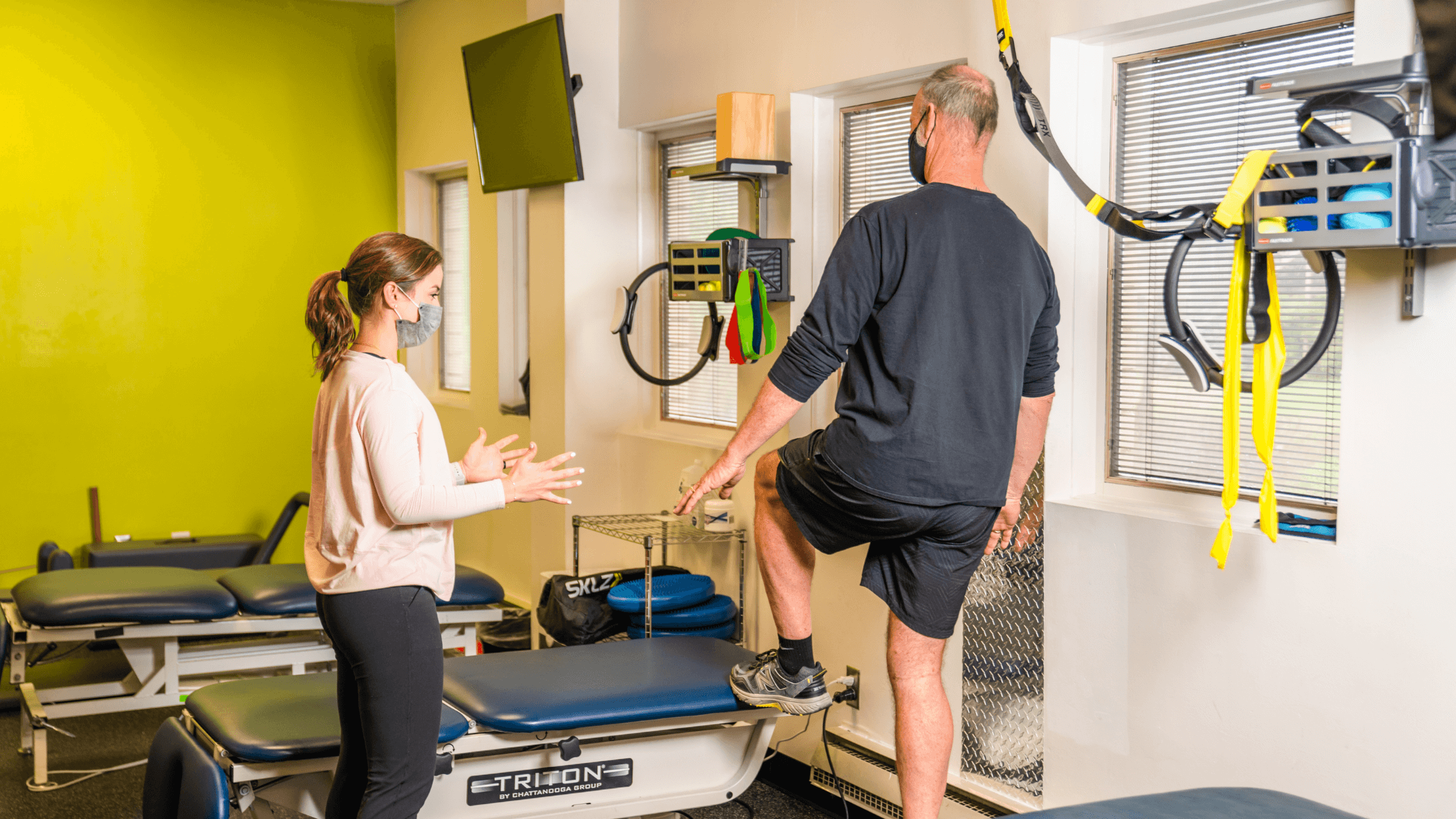Is My Physical Therapy Working? How To See Progress

Licensed Physical Therapist, PT, DPT // EW Pilates Instructor // EW Yoga Instructor // EW Balance Instructor // EW Motion Therapy Homewood
When you start a new exercise program, it can take a while to start seeing results. If you stay consistent while not pushing yourself beyond what you can handle, over time, you will feel better and improve your fitness. You logically know when you start a fitness program that you will not lose ten pounds on the first day - true progress that lasts takes time to build, but if you are investing in yourself, it is always worth it.
Physical therapy can also be a great investment in yourself. As you go through your treatment, it is important to understand that, just like weight loss, tissue healing and improvement can take time. Sometimes during rehabilitation, progress may be slow, and you are left with questions, like “how do I know I am really improving with my therapy?” Or, “How should I keep track of my progress over time?”
At EW Motion Therapy, we see patients every day who have been struggling with chronic conditions and other ailments, and we care as much about our patients’ progress as they do. Our ultimate goal is to help our clients move and feel better so they can enjoy and/or return to any activity they love and need to do. Even if you do not choose us for your therapy, we still want to offer some advice on how you can ensure your therapy is really helping you feel better.
This article will help to educate you on some methods to judge your progress through your therapy, plus some strategies you can do to improve your own recovery. With this information, you can go to therapy with a better knowledge base of how to measure progress.
Wondering if you're working with one of the best-ranked physical therapy clinics in Birmingham, Alabama?
Key progress measures
Each body and mind has its own unique potential, and this means that progress in physical therapy truly depends on the person, their lifestyle, their access to a skilled therapist, and how their body responds to treatment. Your therapist should keep you on track and reassure you of your progress. But, in order to see results, we recommend going to physical therapy around two to three times per week for anywhere from two to eight weeks. If you can cut down your number of visits over time, that can be a great sign of progress, depending on your condition. Here are some more progress measures to look for as you continue your treatment.
Improved daily function
You should start to see an improvement in your daily function after a few sessions. This does not mean you have fully returned to whatever you were doing before. But, it is a good sign if you can more easily accomplish your daily tasks. For example, if you can get out of bed easier, or walk around your house more efficiently, then that is a great sign of improvement.
Return to other activities
Another great sign of progress is being able to gradually return to whatever hobbies you pursue, or a more active lifestyle in general. These can be the things you do for fun outside of your daily tasks. Can you start walking your dog for longer distances? Can you gradually start going back to that yoga class with your friends? As long as you do not have pain while you are doing these activities, then that is a sign that your body is readjusting to the activities you love.
Working toward evaluation goals
At your initial evaluation, your therapist will do an assessment of your condition and talk with you about your goals for your treatment. These goals will shape the home exercise program your therapist creates for you, and the treatment interventions during your sessions. If you notice you are improving toward the goals you have set, that is a great sign of progress. Common goals include decreased pain, improved range of motion, and increased strength. If you are starting to see gradual changes in those areas, you can know that you are progressing as you should.
Strategies for success
So what else can you do to progress more consistently? First, follow the home exercise plan your therapist gives you. It is so easy to come home tired from work and not want to do your exercises, but if you choose not to do them consistently, your progress will be inconsistent. Your progress may also be inconsistent if you smoke, drink too much alcohol, and make other unhealthy lifestyle choices.
Also, improving other aspects of your lifestyle can help your body heal faster. Sleep is an essential part of healing, as are nutrition, general fitness, and your mental health, which will improve automatically if you improve your sleep, nutrition, and fitness. Making better lifestyle choices will also help your physical therapy sessions go more smoothly over time.
What if I don’t see progress?
Now you know some great progress points to track and some action items to help yourself heal faster. But what should you do if you are addressing all of those action items and are not seeing the results you want? The best solution is to communicate with your therapist. Open communication is key to every patient-therapist relationship, and if you are not having the experience you want, you need to tell them. They will most likely have other ideas of how to help you, and if what you need is outside the scope of their knowledge, they will refer you to someone who can further help, or let your doctor know.
When it comes to physical therapy, if you can get a little bit better, you can get a lot better. Ups and downs are normal, but if you can stay focused on the ups and keep going, there is no limit to what you can achieve. This is how we encourage our patients at EW Motion Therapy - you may not be back to 100% today, but if you feel even 10 or 15% better, that is great progress that you can build on. If you are interested in our physical therapy services, fill out the Request an Appointment form on our website, and someone from our staff will contact you within 48 hours with your next steps.


